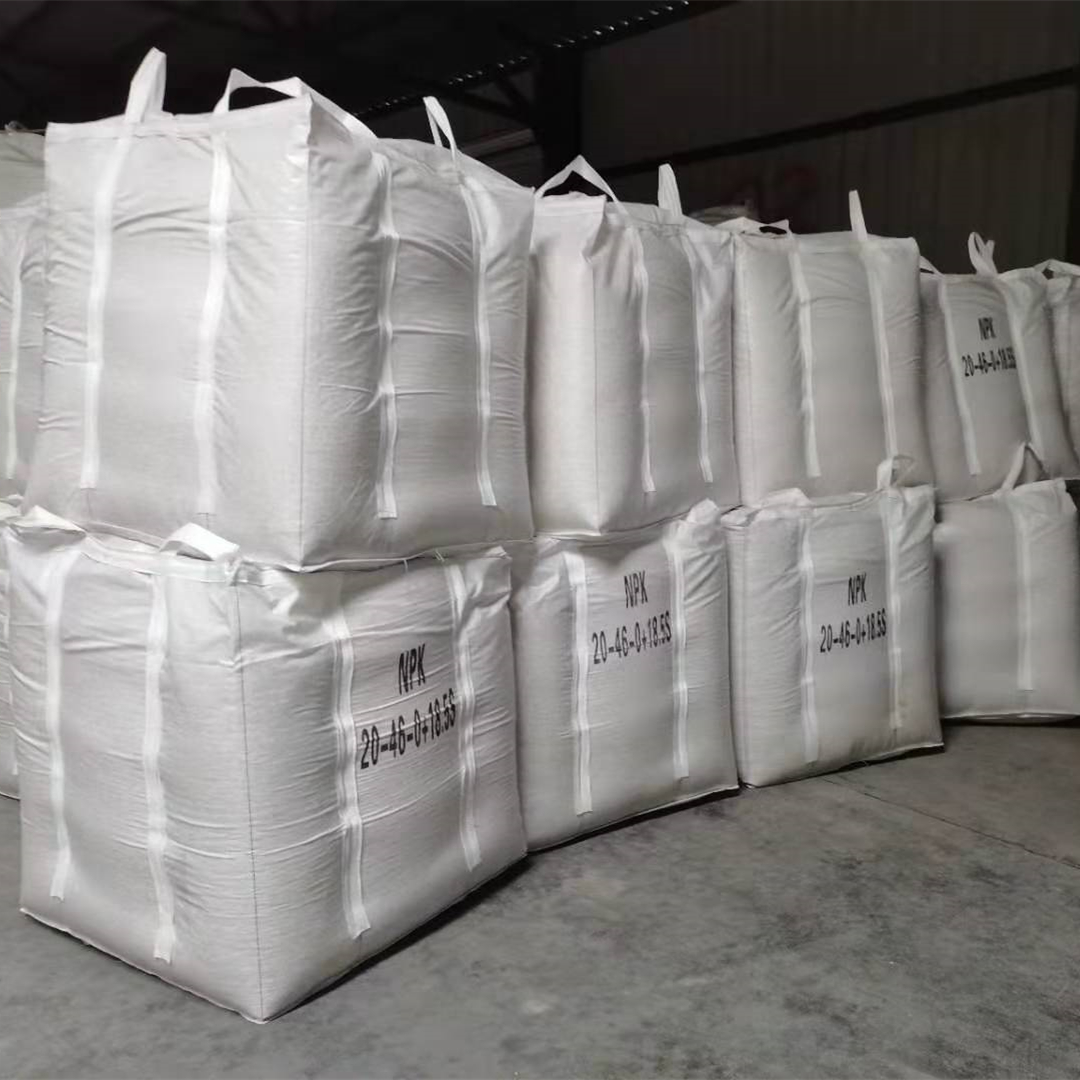Plants will normally extract nutrients from the soil with the nutrients obtained from dead vegetation and animal matter. However soil can still lack essential nutrients and require nutritional supplements. This is why farmers add fertilizer to the soil. Hydro
ponics enables you to have more control over what nutrients the plant receives and these can be varied depending on the stage of the plants development. This ensures that the plant is fed more adequately leading to higher yields and faster growth.
Be careful and proceed with caution if you plan to create your own hydroponic solution. This requires experience and a good working knowledge of hydroponics. You can poison your plants by supplying them with excessive amounts of elements or ruin them through element deficiencies. It is essential to ensure the solution contains the correct mixture of trace elements and salts. As a result, a beginning hydroponics grower should not try making their own hydroponic nutrient solution and should instead use one of the many quality hydroponic nutrients available. If you are a beginner and just can’t resist the urge to create your own hydroponic solution, make sure to use it only with plants you can afford to lose.
A quick Internet search will provide any grower with several recipes for homemade hydroponic nutrient solutions. You can buy fertilizer salts from food suppliers, online suppliers and local garden centers & nurseries. The most essential fertilizer salts for homemade hydroponics include the following.
Magnesium Sulphate or Epsom Salts
These contain magnesium and sulphur. Magnesium is one of the components of chlorophyll and is involved in the process of distributing phosphorus throughout the plant. Sulphur is responsible for the production of plant energy and facilitates the use of other elements.
Potassium Sulphate
This provides potassium and sulphur to the plant. Potassium is used by the plant to produce energy from photosynthesis.
Potassium Nitrate
This supplies nitrogen and potassium. Nitrogen is one of the most important elements used by plants as it is necessary for the creation of stems, leaves and plant cells.
Superphosphate
Phosphorus and calcium are supplied by superphosphate. Increasing levels of Phosphorus during bud development can improve yields as plants use higher levels of Phosphorus during this stage of development. Calcium facilitates root growth and helps the plant absorb potassium.
Trace Elements
There are also several trace elements that are required for plant development and they include copper, zinc, manganese, iron, boron, chlorine and molybdenum. These trace elements should be added in much smaller amounts and chlorine does not need to be added at all as it is obtained from tap water.
Adding all of these nutrients in the correct quantities while supplying them with adequate light can lead to significantly higher yields than soil grown plants. Unlike soil grown plants they are not eaten by pests such as moles and cutworms and it also eliminates the need for weeding or raking.



